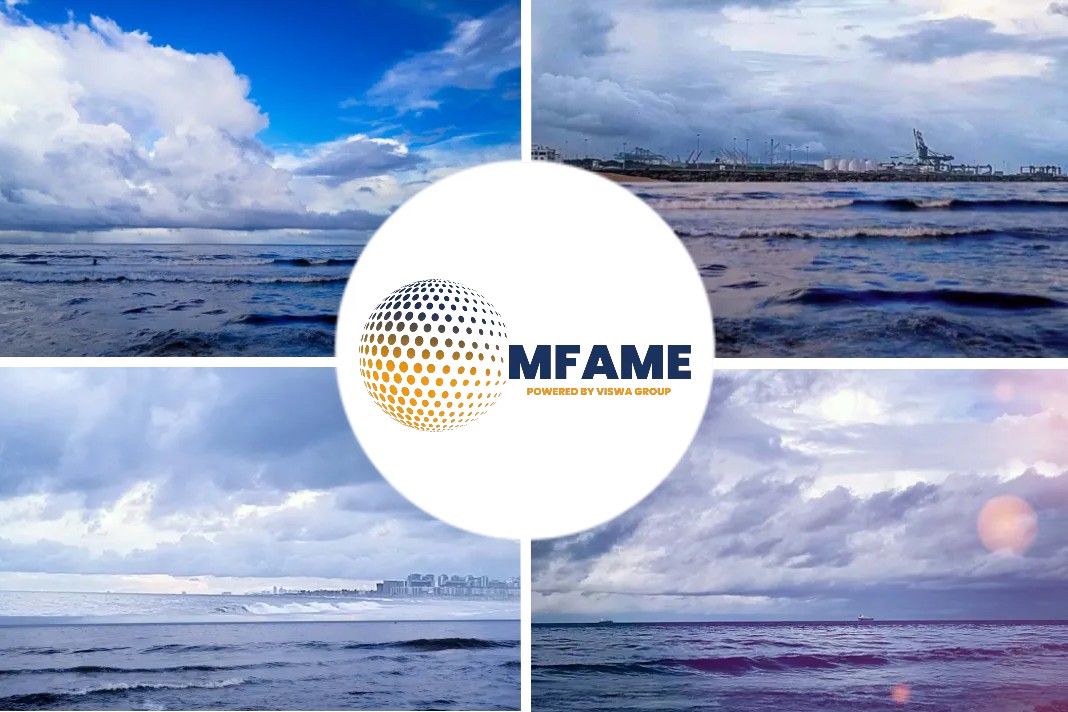One year ago, it was reported that it looked like container shipping was “at last starting to build towards something more positive” and that “2016 may well be seen as the year in which the container shipping sector really started to tackle its problems head on.” One year later, it looks like 2017 lived up to at least some of the expectations, with improved market conditions clearly visible.
Promising Building Blocks:
2016 had largely been another challenging year for the container shipping sector, but as we moved into 2017 it appeared that the freight market at least had bottomed out. Box freight rates in general continued their late 2016 improvements into early 2017 and, although there was still significant volatility and easing back on some trades later in the year (by end 2017 mainlane rates stood below end 2016 levels), the SCFI Composite Index averaged 27% higher in 2017 than in 2016.
Against this backdrop, charter market vessel earnings started to improve, rising sharply at end Q1 2017. Liner company service plans and, crucially, improved fundamentals supported a gradual improvement in rate levels and gains were largely maintained or even furthered through the rest of the year. The one year rate for a 2,750 TEU ship averaged $8,800/day in 2017, up 47% on 2016.
Stronger Foundations:
Sector fundamentals certainly did appear positive last year. Demand conditions improved once again, with global volumes expanding by an estimated 5% in the full year to 191 m TEU. The rate of expansion on intra-Asian trades accelerated further in 2017, growth on North-South trades bounced back more quickly than expected, and volumes on the key Transpacific and Far East-Europe trades also turned in a robust performance.
Meanwhile, on the supply side, containership capacity growth remained relatively moderate in 2017, at 3.7% in the full year. Deliveries remained fairly steady at 1.1m TEU; demolition did fall from the all-time record total of 2016, but to a still elevated level of 0.4m TEU. Whilst some surplus remains in the sector, it appears to be much reduced, with 2% of the fleet standing idle at the end of 2017 compared to around 7% one year earlier.
Boxships For Sale:
Although the autumn saw the first orders for ‘mega ships’ for a couple of years, the total level of capacity ordered in the full year stood at 0.7m TEU, not too far above the restrained 0.3m TEU seen in 2016 and a far cry from the level of more than 2.3m TEU back in 2015. However, what was exceedingly notable in 2017 in the containership sector was the all-time record level of S&P activity. Over 1.1 million TEU of boxship capacity changed hands on the secondhand market, way ahead of the previous record level of 0.6 million TEU back in 2016, and equivalent to around 6% of start year fleet capacity.
Ongoing Support?
So, the sector heads into 2018, looking for further gains, having come a long way since the collapse of Hanjin in the summer of 2016. With the orderbook down to 13% of the fleet and supply growth set to remain fairly moderate for the next few years, fundamentals look set to provide ongoing support if the demand side holds.
Consolidation, which has underpinned a more restrained supply side approach, continues (when the currently ongoing merger and joint venture activity is completed, the top 10 lines will deploy well over 80% of all boxship capacity). Risks remain on the demand side, but in 2018 the containership sector will be looking to push on and build further on the progress made in 2017.
Did you subscribe for our daily newsletter?
It’s Free! Click here to Subscribe!
Source: Clarksons

























